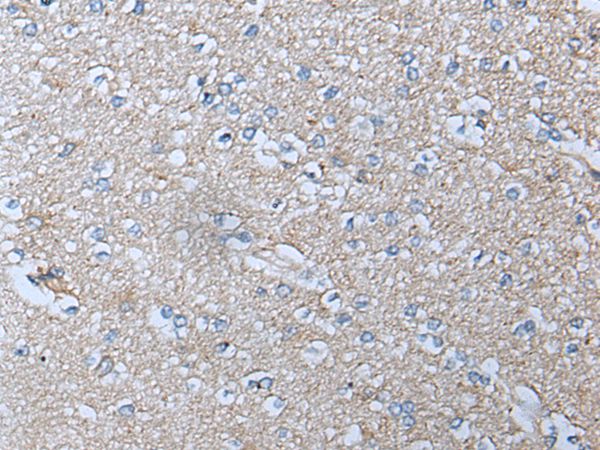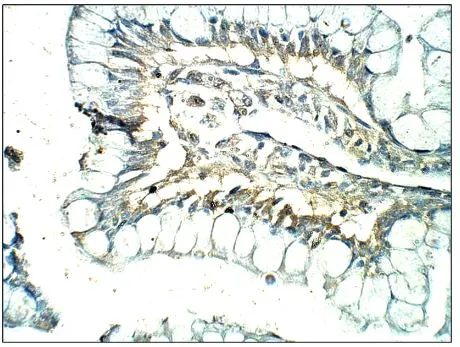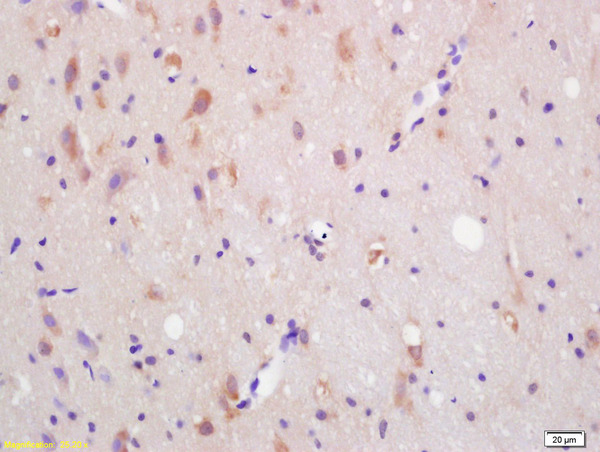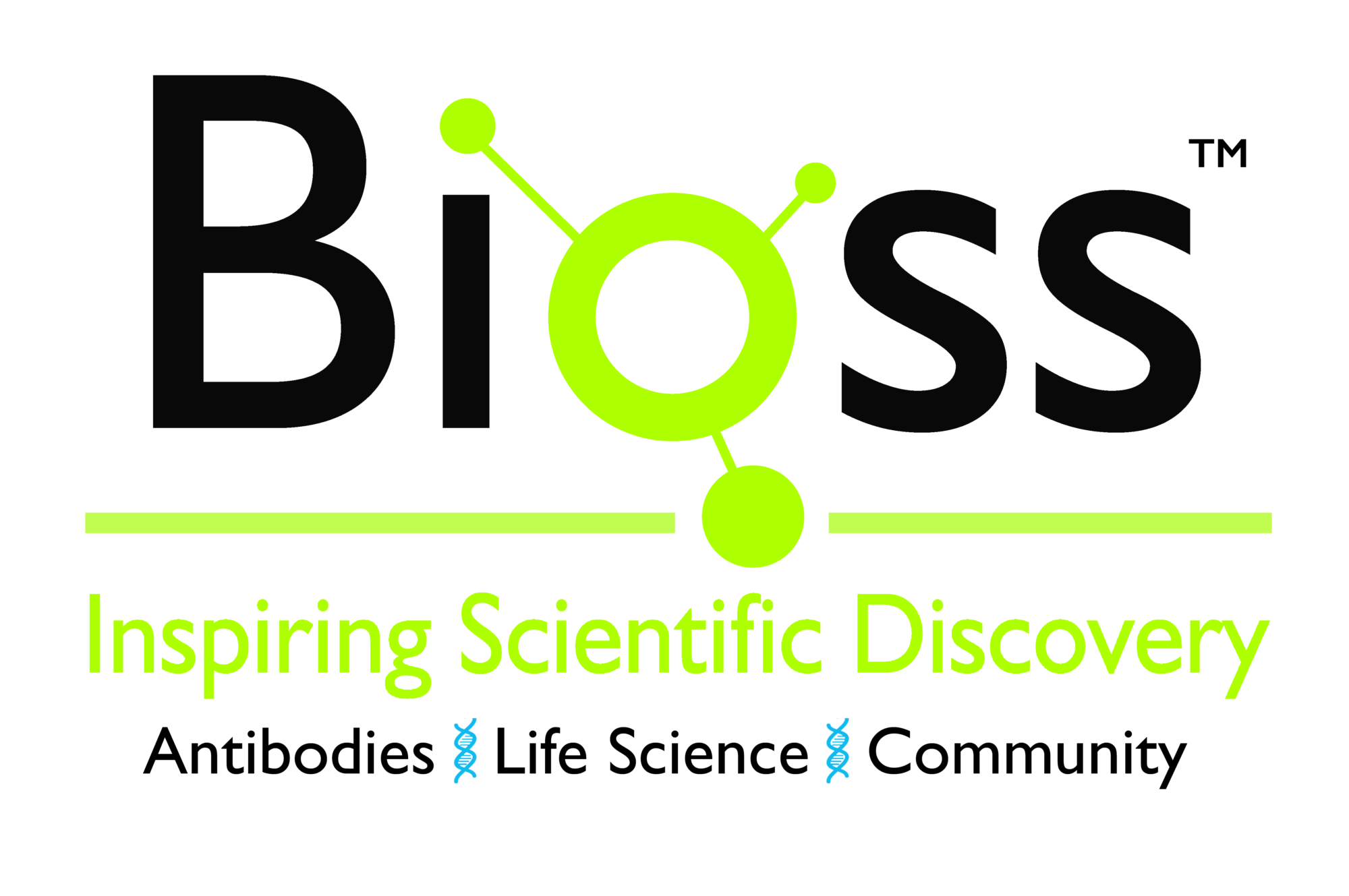CXCR7 antibody [HL2189]
GTX638193
ApplicationsImmunoFluorescence, Western Blot, ImmunoCytoChemistry, ImmunoHistoChemistry, ImmunoHistoChemistry Frozen, ImmunoHistoChemistry Paraffin
Product group Antibodies
TargetACKR3
Overview
- SupplierGeneTex
- Product NameCXCR7 antibody [HL2189]
- Delivery Days Customer9
- Application Supplier NoteWB: 1:500-1:3000. *Optimal dilutions/concentrations should be determined by the researcher.Not tested in other applications.
- ApplicationsImmunoFluorescence, Western Blot, ImmunoCytoChemistry, ImmunoHistoChemistry, ImmunoHistoChemistry Frozen, ImmunoHistoChemistry Paraffin
- CertificationResearch Use Only
- ClonalityMonoclonal
- Clone IDHL2189
- Concentration1 mg/ml
- ConjugateUnconjugated
- Gene ID57007
- Target nameACKR3
- Target descriptionatypical chemokine receptor 3
- Target synonymsCMKOR1, CXC-R7, CXCR-7, CXCR7, GPR159, RDC-1, RDC1, atypical chemokine receptor 3, C-X-C chemokine receptor type 7, G protein-coupled receptor, G-protein coupled receptor 159, G-protein coupled receptor RDC1 homolog, chemokine (C-X-C motif) receptor 7, chemokine orphan receptor 1
- HostRabbit
- IsotypeIgG
- Protein IDP25106
- Protein NameAtypical chemokine receptor 3
- Scientific DescriptionThis gene encodes a member of the G-protein coupled receptor family. Although this protein was earlier thought to be a receptor for vasoactive intestinal peptide (VIP), it is now considered to be an orphan receptor, in that its endogenous ligand has not been identified. The protein is also a coreceptor for human immunodeficiency viruses (HIV). Translocations involving this gene and HMGA2 on chromosome 12 have been observed in lipomas. [provided by RefSeq, Jul 2008]
- Storage Instruction-20°C or -80°C,2°C to 8°C
- UNSPSC12352203







